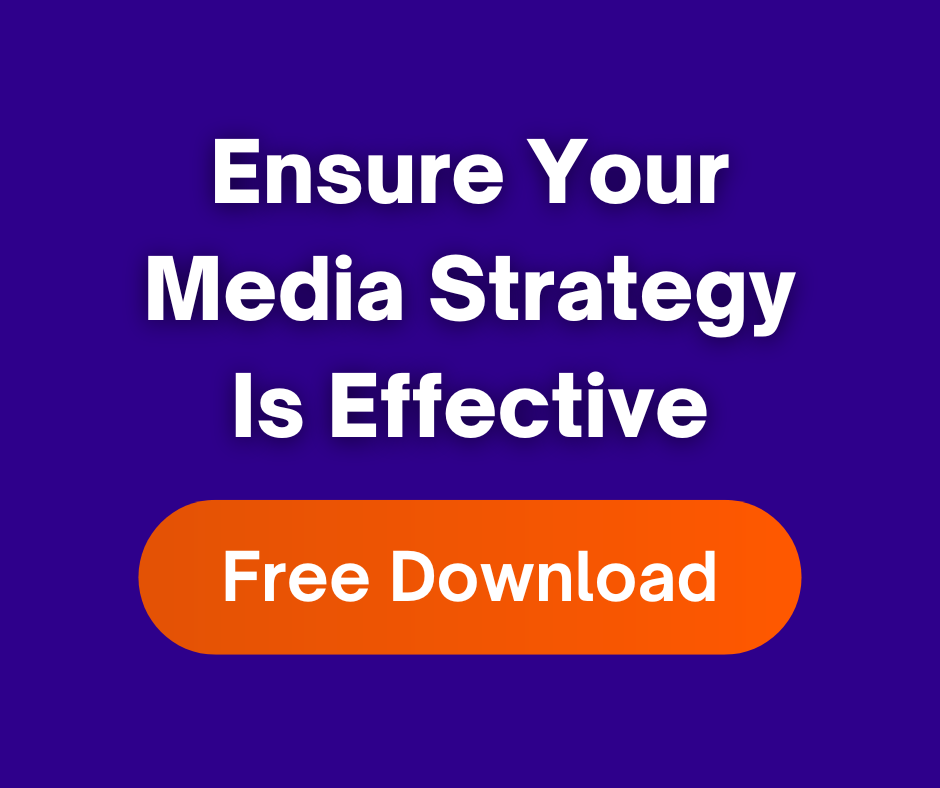Why Your Audio Strategy Needs to Be Mobile-First
In today’s media landscape, mobile is the front door to audio consumption. Whether it’s streaming music, watching video podcasts, or using social audio on the go, the smartphone has become the command center for how consumers listen.
The question isn’t whether people use their phones for audio, it’s whether your brand is optimizing for it.
The Smartphone: America’s Primary Audio Device
According to the Infinite Dial 2025 study from Edison Research, 91% of Americans now own a smartphone, and mobile has overtaken every other device as the go-to source for audio content. From Gen Z to Gen X, people are increasingly using their phones for:
- music streaming via Spotify, Apple Music, and YouTube
- podcast listening through apps like Spotify, Apple Podcasts, and YouTube
- social audio on platforms like TikTok and Instagram
- personalized experiences through apps, voice commands, and mobile-native advertising
As desktop use declines and smart speaker growth plateaus, mobile continues to dominate because it offers on-demand, personalized, and portable access to every type of audio content.
Why Mobile-First Audio Strategy Matters for Brands
Attention Lives in the Palm of the Hand
Smartphones are always within reach during commutes, workouts, errands, and even while multitasking at home. That means your audio ads need to be designed for mobile attention spans and delivery methods.
The best mobile-first audio creative is concise, brand-reinforcing, and optimized for earbuds, not car speakers or home stereos. Short-form podcast sponsorships and platform-native streaming ads are especially effective at capturing attention in mobile-first environments.
YouTube and TikTok Are Audio Channels Now
Mobile-first platforms like YouTube and TikTok are no longer just visual entertainment hubs. They’ve become essential audio discovery engines, especially for music and podcasts.
YouTube is now the top podcast platform, driven largely by mobile viewing. TikTok is powering music trends and surfacing new artists with lightning speed. Your campaign needs to consider these platforms as part of the audio landscape, not just social media.
In-App Ad Inventory Offers Targeted Scale
Mobile apps offer deep targeting capabilities. Spotify, for instance, can deliver audio ads based on interests, artist fan base, genres, playlist theme, or podcast topic. Apple Podcasts and Pandora have in-app ad placements that adapt to interest and genres or type of content.
When your audio strategy is mobile-first, you’re not just reaching listeners—you’re reaching them in context, which increases relevance and performance.
Cross-Screen Attribution Starts with Mobile
Mobile is not only where audio is consumed. It’s often where action is taken. Whether it’s swiping up on a call-to-action, tapping a product link, or sharing content, mobile gives brands measurable, direct-response pathways from audio engagement to conversion.
Mobile-first planning enables you to track performance, A/B test formats, and optimize across devices.
What a Mobile-First Audio Plan Looks Like
Being mobile-first isn’t about throwing more ads into streaming services. It’s about intentionally designing your media mix with mobile behaviors in mind. That includes:
- prioritizing platforms where audio and video converge, like YouTube and Spotify
- creating short-form content that complements mobile usage patterns
- including both audio-only and audio-visual placements in campaign buys
- leveraging mobile attribution tools and in-app analytics for insights
Meet Your Audience Where They Listen
The future of audio is not just multichannel, it’s mobile. Your brand’s voice should be wherever your audience is already tuned in, and today, that means their phone.
At TEC Direct Media, we help brands translate their goals into performance-driven audio strategies tailored for today’s mobile-first environment. Let us help you design a plan that reaches listeners wherever they are… literally in the palm of their hand.
FAQs
What does a mobile-first audio strategy mean?
A mobile-first audio strategy prioritizes reaching listeners where they spend most of their time: on smartphones. It involves creating and placing ads specifically optimized for mobile streaming platforms, podcasts, and social audio channels, ensuring campaigns align with on-the-go listening behaviors.
Why is mobile so important for audio advertising?
Smartphones are now the dominant device for audio consumption, from music streaming to podcasts. Mobile allows advertisers to reach audiences in highly personal, context-rich moments, with the added benefit of in-app targeting and measurable engagement.
Which platforms should be part of a mobile-first audio strategy?
A strong mobile-first audio plan typically includes platforms like Spotify, YouTube, Apple Podcasts, Pandora, and TikTok. These services not only dominate mobile listening but also offer advanced targeting tools to reach the right audience at the right time.
How do you measure success with mobile-first audio campaigns?
Success is measured through metrics like impressions, completion rates, click-throughs, and conversion tracking across platforms. A strong mobile-first strategy uses cross-platform attribution to understand how audio ads drive awareness, engagement, and direct actions.




